Historical Perspective of the Indian Diaspora
The history of the Indian diaspora is centuries old, deeply intertwined with historical events, struggles, and social changes. A significant chapter in the history of Indian migration occurred during the 19th and 20th centuries, when the British Empire sent people from various parts of the Indian subcontinent to other countries as laborers. During this period, Indian migrants not only contributed as a workforce but also played a crucial role in shaping the cultural, social, and political landscapes of various countries.
19th and 20th Century Indian Migration
In the 19th century, under the British Empire, a large number of Indians migrated to countries such as Africa, the Caribbean, Malaysia, and Fiji to work. These migrants were often referred to as "indentured laborers" because they were sent under contracts to work for a specified period. The British Empire used Indians as workers in their plantations, railways, and other construction projects in these regions. This migration was primarily a result of the economic exploitation by the British, who sought cheap labor for their colonial projects.
At the beginning of the 20th century, a new wave of Indian migration emerged. Indians began migrating to Western countries, particularly the United States and the United Kingdom, in search of education, business opportunities, and higher employment. The role of Indians in American society started to gradually increase during the early 1900s. However, these migrants initially faced racial discrimination and prejudice, yet they managed to establish a strong identity within their communities over time.
Struggles of Indians in American Society
The process of integration into American society was highly challenging for Indian migrants. One of the most significant incidents during this period was the 1907 Bellingham riots, where Indians were harassed and attacked, and efforts were made to drive them out. This event marked a major setback for the Indian community as they were trying to find their place in American society. However, despite facing such adversity, the Indian community fought through these challenges and slowly began to strengthen their position in the society.
In 1913, the "Ghadar Movement" began, which was a pivotal movement for the protection of Indian rights. This movement provided a platform for Indians to voice their concerns regarding their freedom and rights. Later, in 1920, the U.S. government and the Supreme Court deprived Indians of American citizenship, but in 1946, President Harry Truman passed the "Luce-Celler Act," which granted Indian immigrants the right to become U.S. citizens.
Rise of the Indian-American Community
By the middle of the 20th century, Indians had gradually strengthened their position in the United States. In 1957, Dalip Singh Saund became the first Indian-American to win a U.S. election and serve as a representative in the House of Representatives. Following this, the number of Indian-American voters began to rise, and this number has continued to grow substantially. Today, there are five Indian-origin representatives in the U.S. Congress and around 40 representatives in various state legislatures. The Indian community has not only defended its political rights but has also made significant contributions in the fields of education, healthcare, science, art, and business.
Participation and Influence in Indian-American Politics
The participation of the Indian-American community in politics has steadily increased. Prior to the 2020 Presidential election, Indian Prime Minister Narendra Modi attended the "Howdy Modi" event in Houston, where over 50,000 Indian-Americans gathered. The purpose of this event was to appeal to Indian-American voters. Former President Donald Trump also participated in the event to attract the Indian-American community.
In the 2020 election, Indian-American voters played a crucial role, especially in decisive states like Arizona and Georgia. These states saw a rapid increase in the Indian population, and their votes had a significant impact on the election results. The Democratic Party, in an effort to appeal to the Indian-American community, selected Kamala Harris as the vice-presidential candidate, who is of Indian descent. This move further strengthened the empathy of the Indian-American community towards the Democratic Party.
Social and Cultural Contributions of the Indian Diaspora
Indian migrants have made significant contributions to American society and culture. The Indian community has not only preserved its religious and cultural values but has also created a distinctive identity within American society. Indian restaurants, medical practices, art, and literature have exposed American society to a new level of diversity. Indian-Americans have also found success in education and business, with many individuals excelling in prominent fields in the U.S. today.
The integration of Indian culture into the mainstream American culture has led to a broader appreciation of diversity. Indian traditions, festivals like Diwali, and even yoga have gained popularity among Americans, contributing to the rich multicultural fabric of the country. Furthermore, Indian-American artists, filmmakers, and authors have emerged as major influencers, shaping the cultural landscape of the U.S.
The Future of the Indian-American Community
The future of the Indian-American community looks very promising. Their political, economic, and social influence is continually on the rise. In the 2024 elections, the Indian-American community could play a significant role, as they hold the power to impact election results in swing states. Their support and involvement in elections will be pivotal, and they may emerge as a powerful political force in the coming years.
Moreover, the relationship between India and the United States has greatly benefited from the presence of Indian migrants. Not only are they strengthening ties between the two nations, but their contribution to India's global politics and the trade sector is also substantial. Indian-Americans are playing a key role in fostering deeper political, economic, and cultural connections between the two countries.
Conclusion
The history of Indian migration to the United States has been a long journey filled with both struggles and successes. Indian migrants fought for their rights, maintained their cultural identity, and made positive contributions to American society. Today, the Indian-American community is a powerful and influential force, shaping the nation's political, social, and economic landscape. Their votes, businesses, and social contributions have enriched the U.S. and made it more diverse and prosperous. In the future, the role of the Indian-American community is expected to become even more significant, as they continue to emerge as a decisive power in U.S. politics, society, and economy.

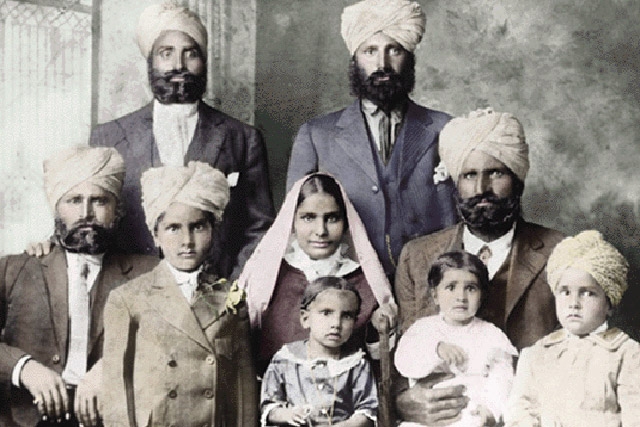

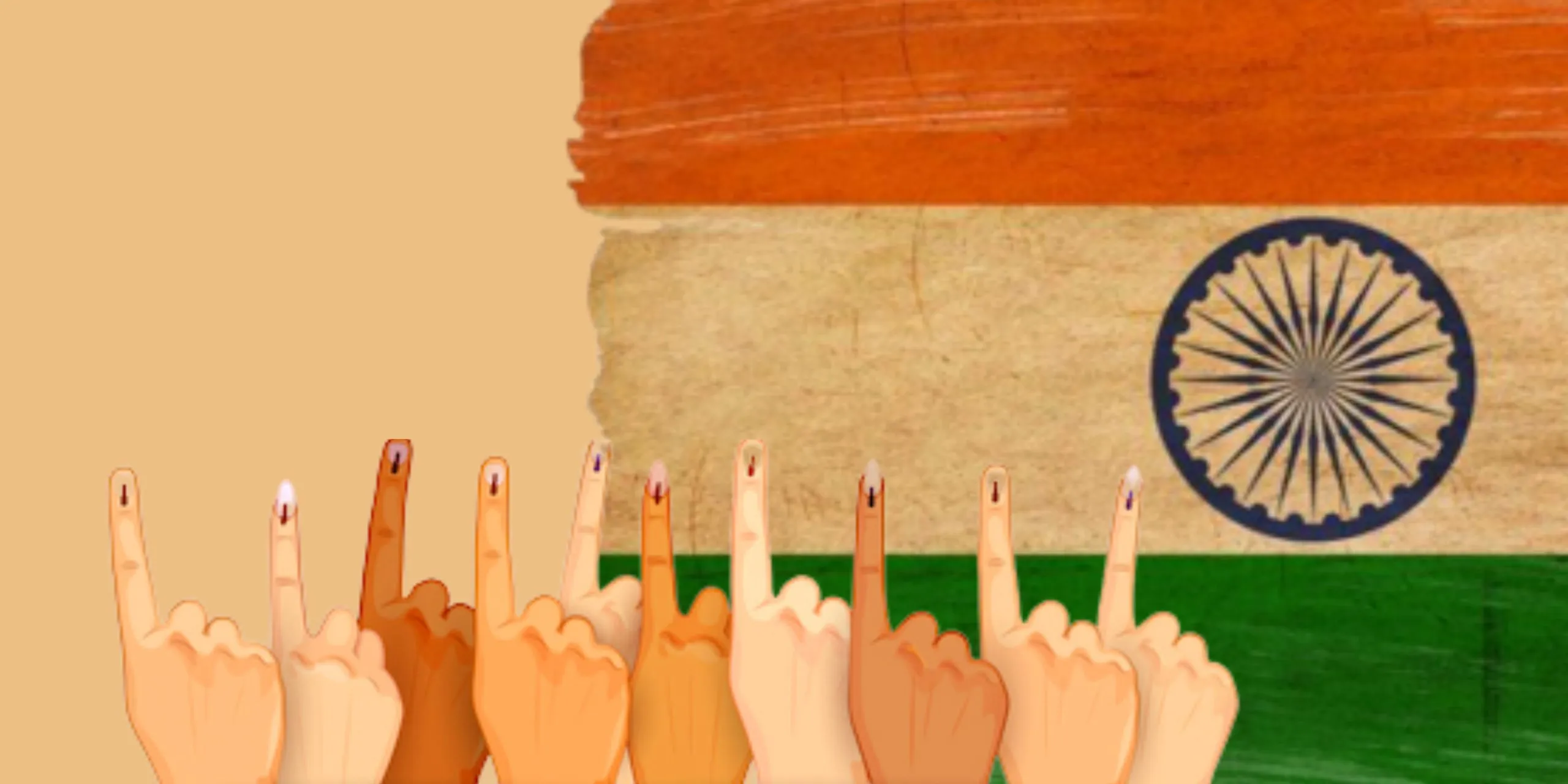


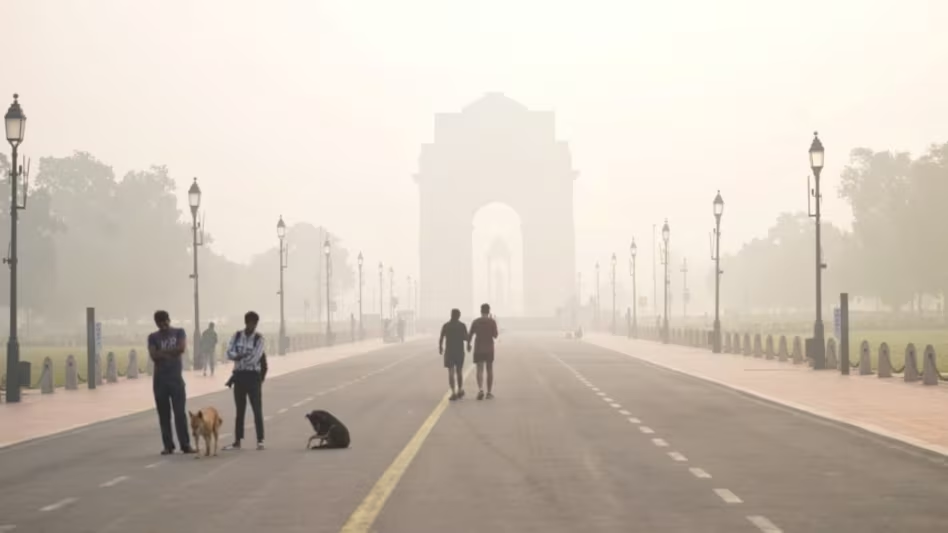
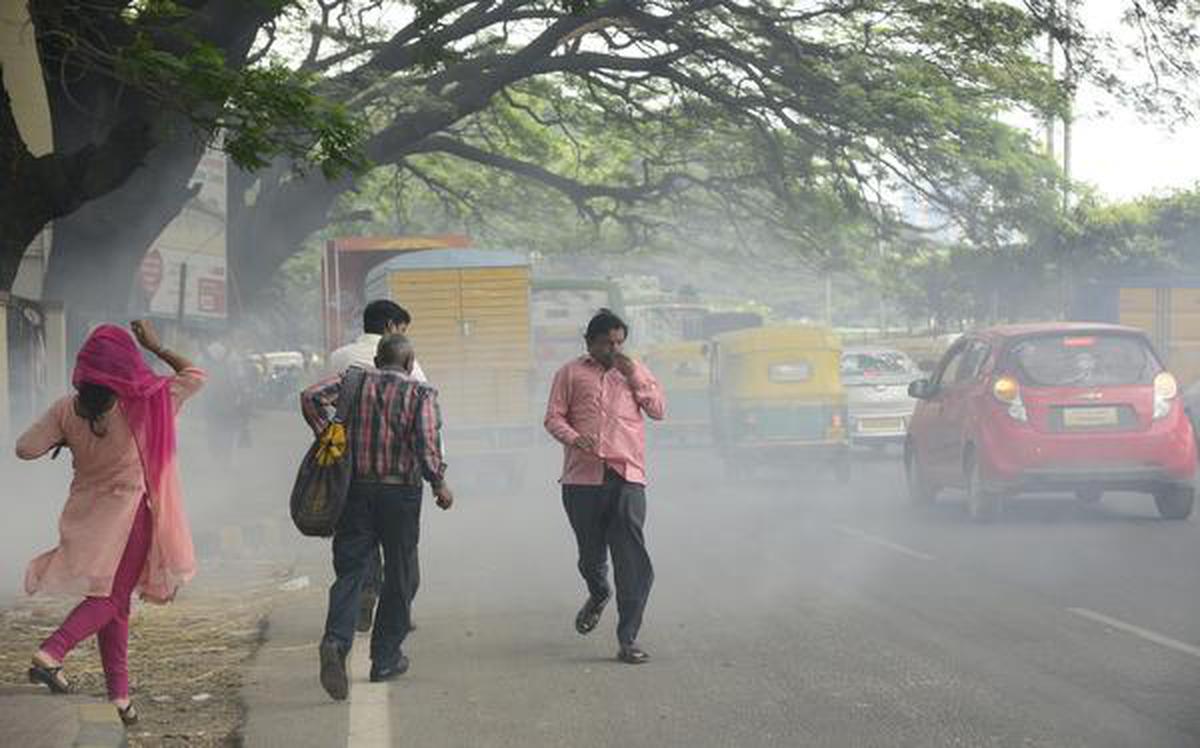
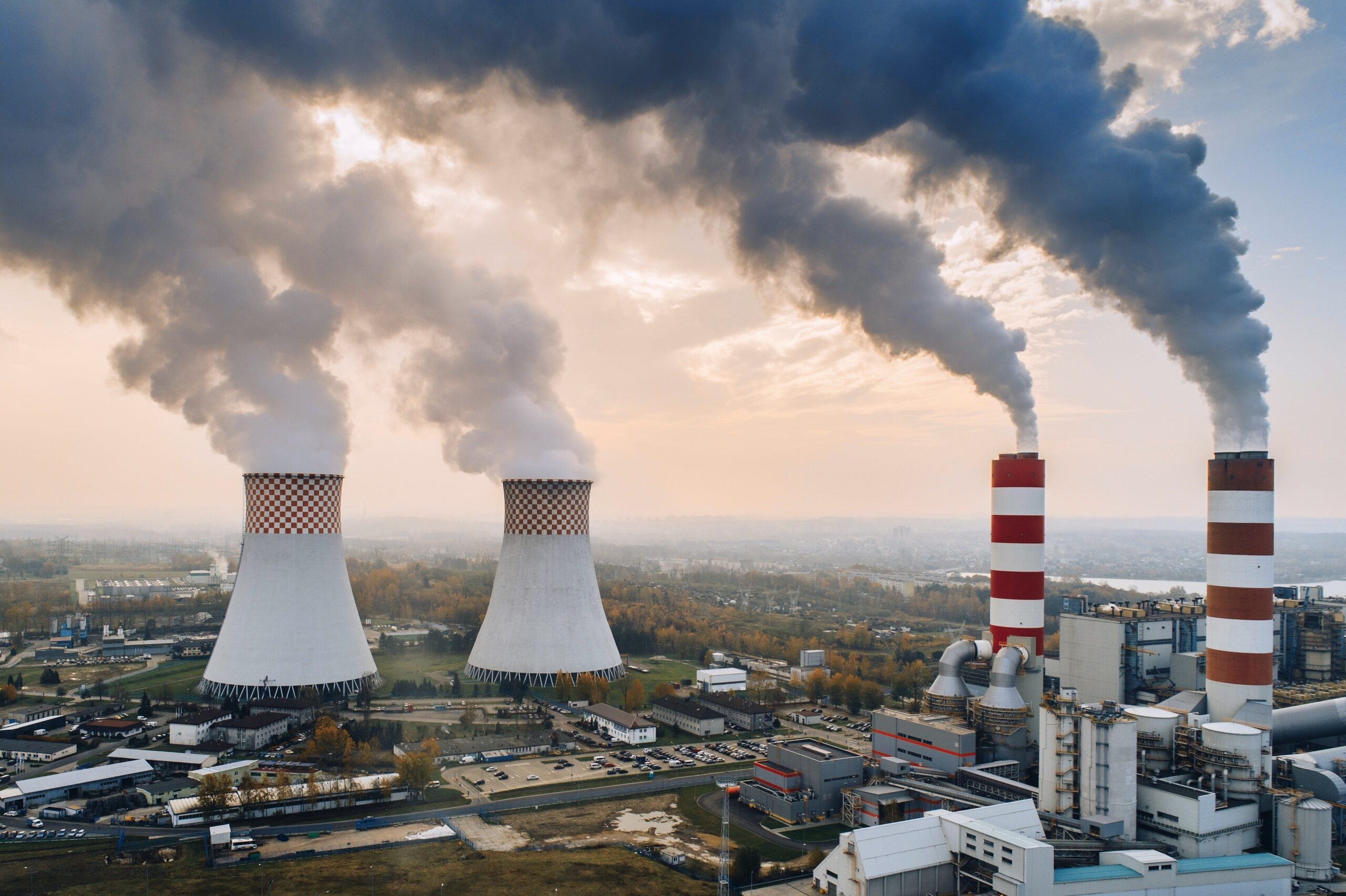


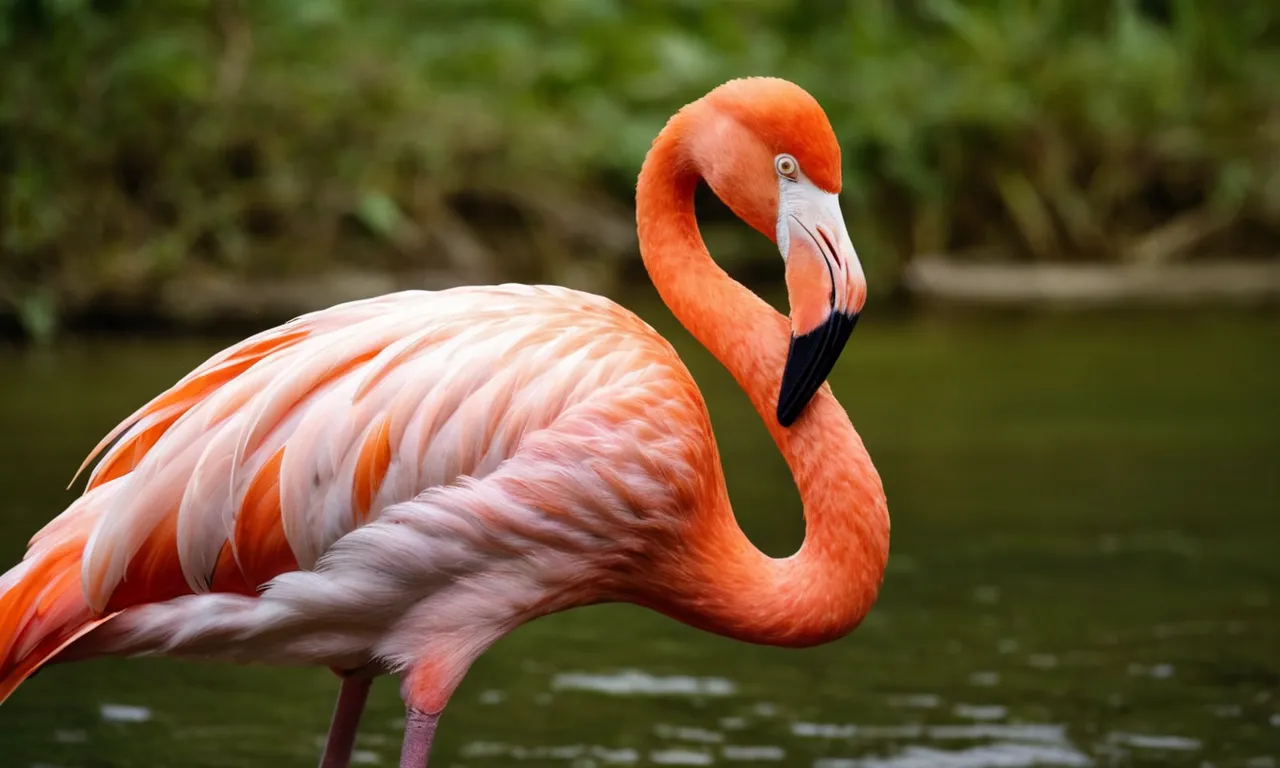
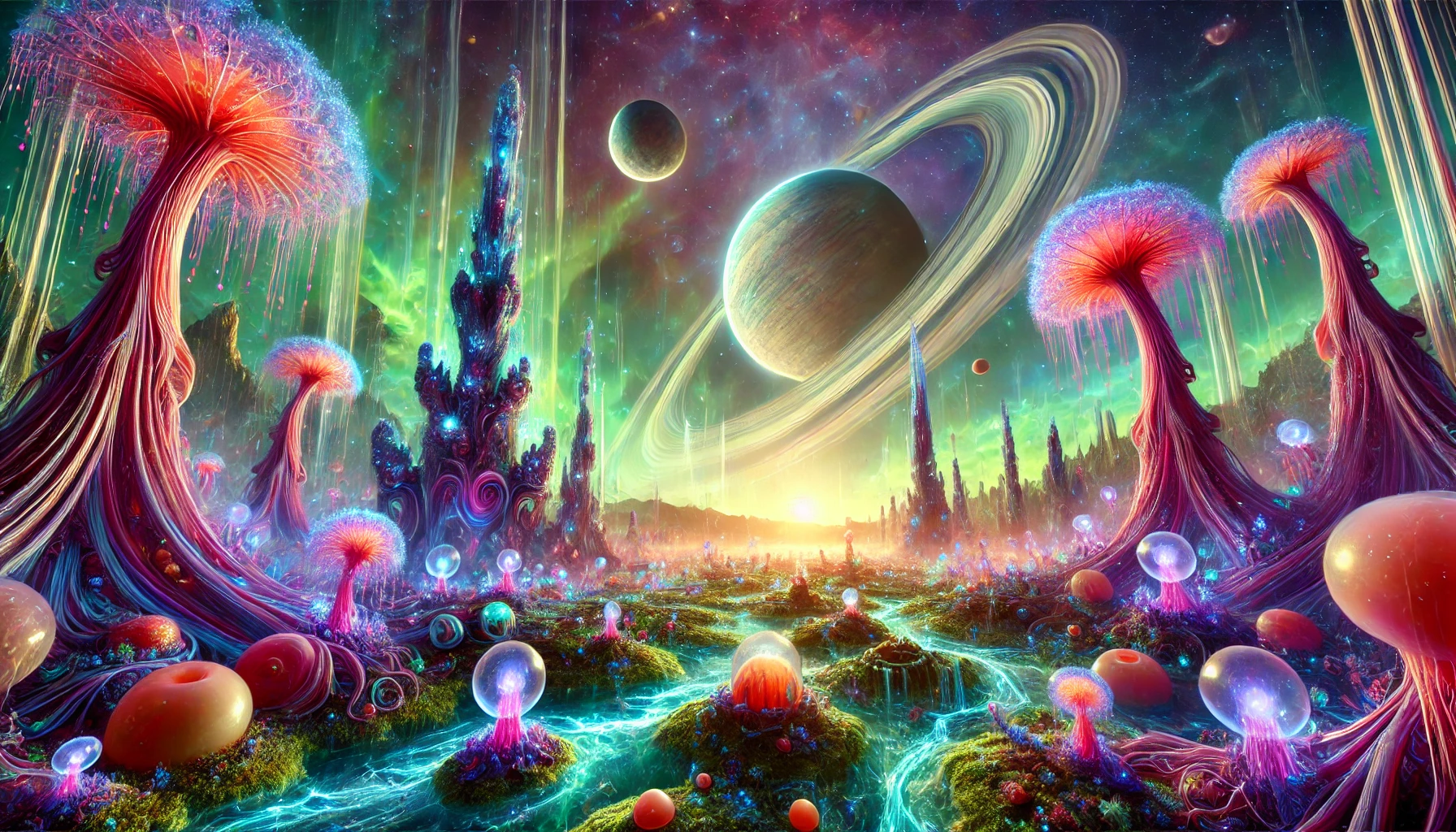
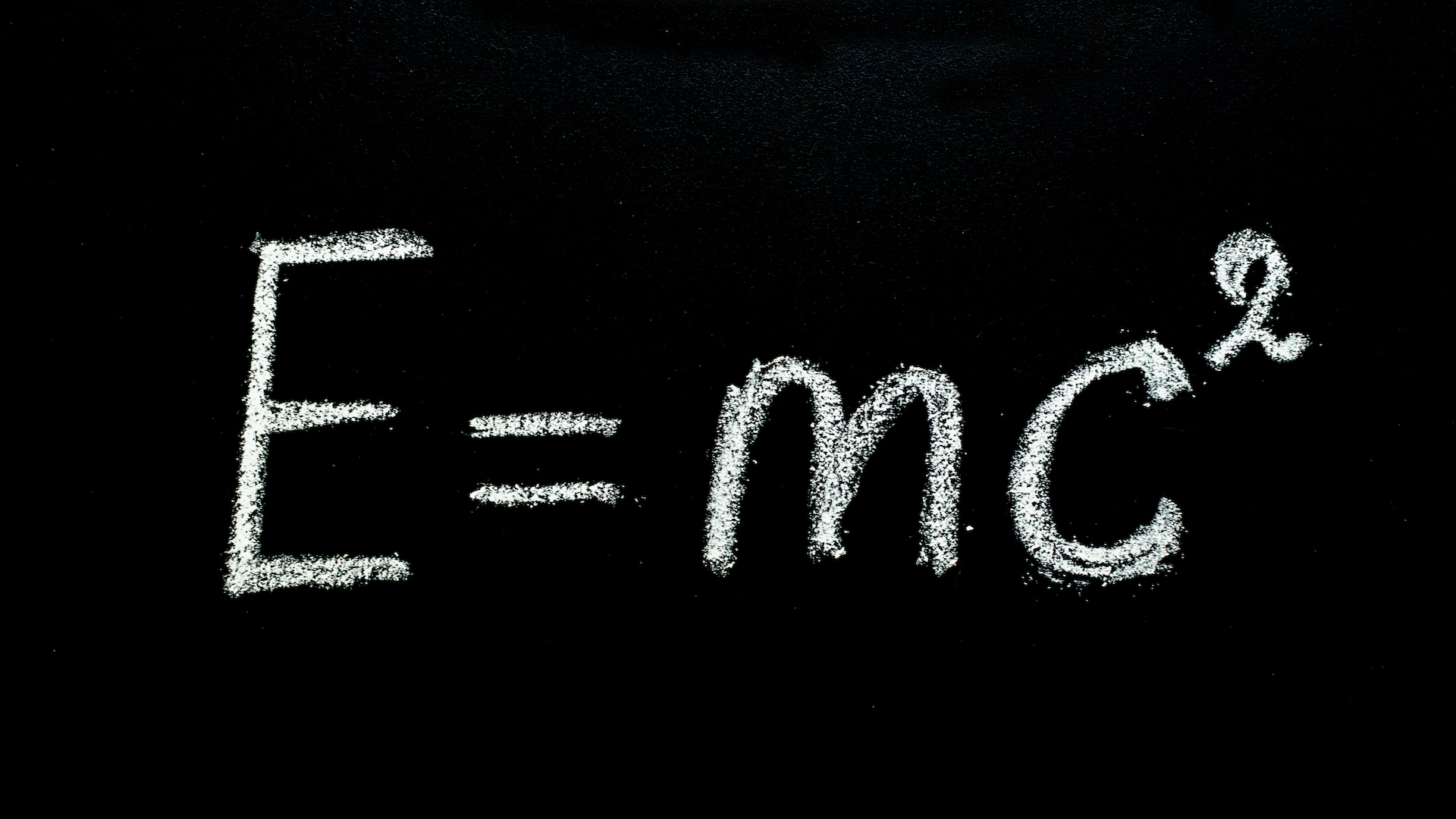
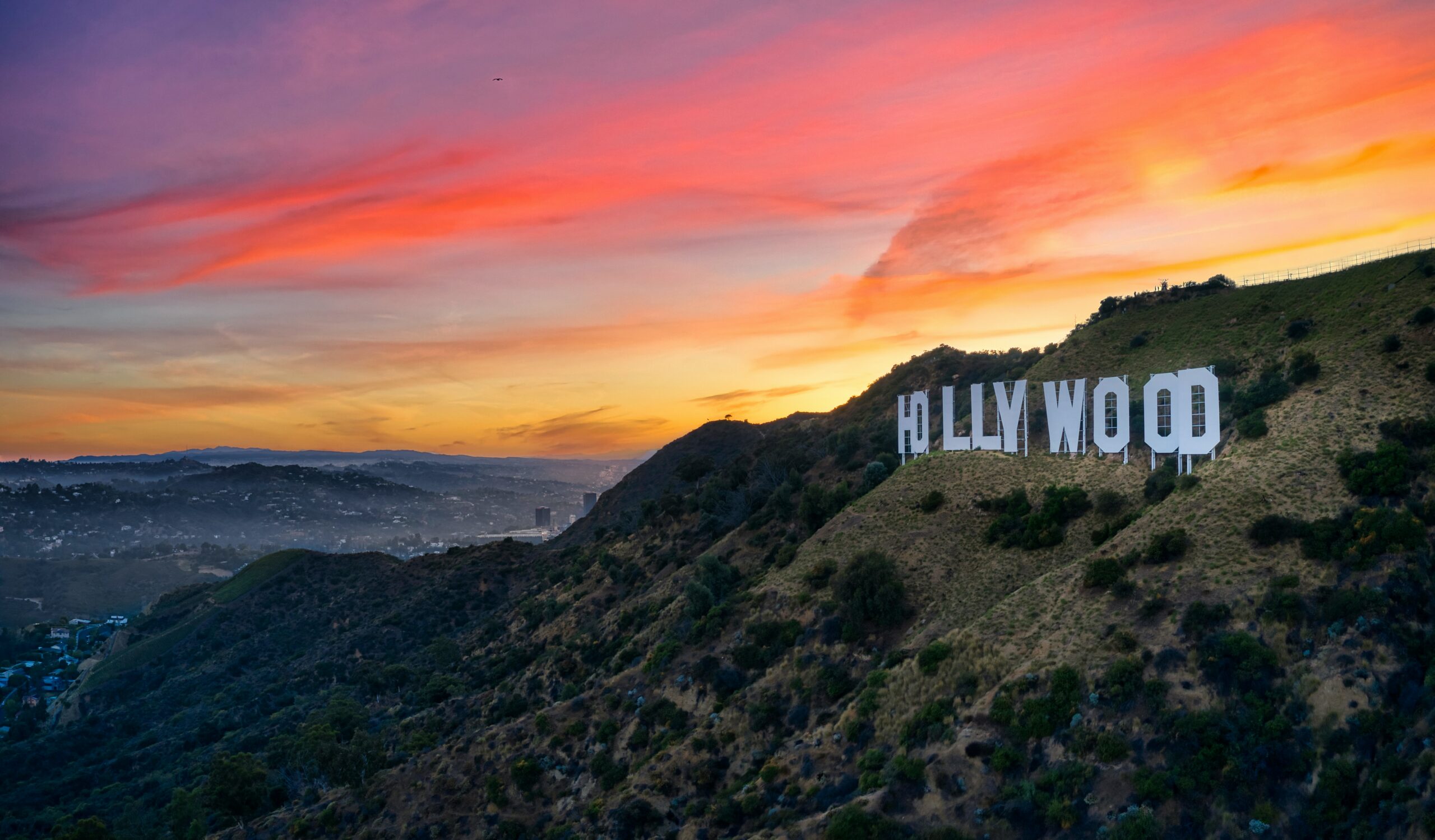







0 Comments